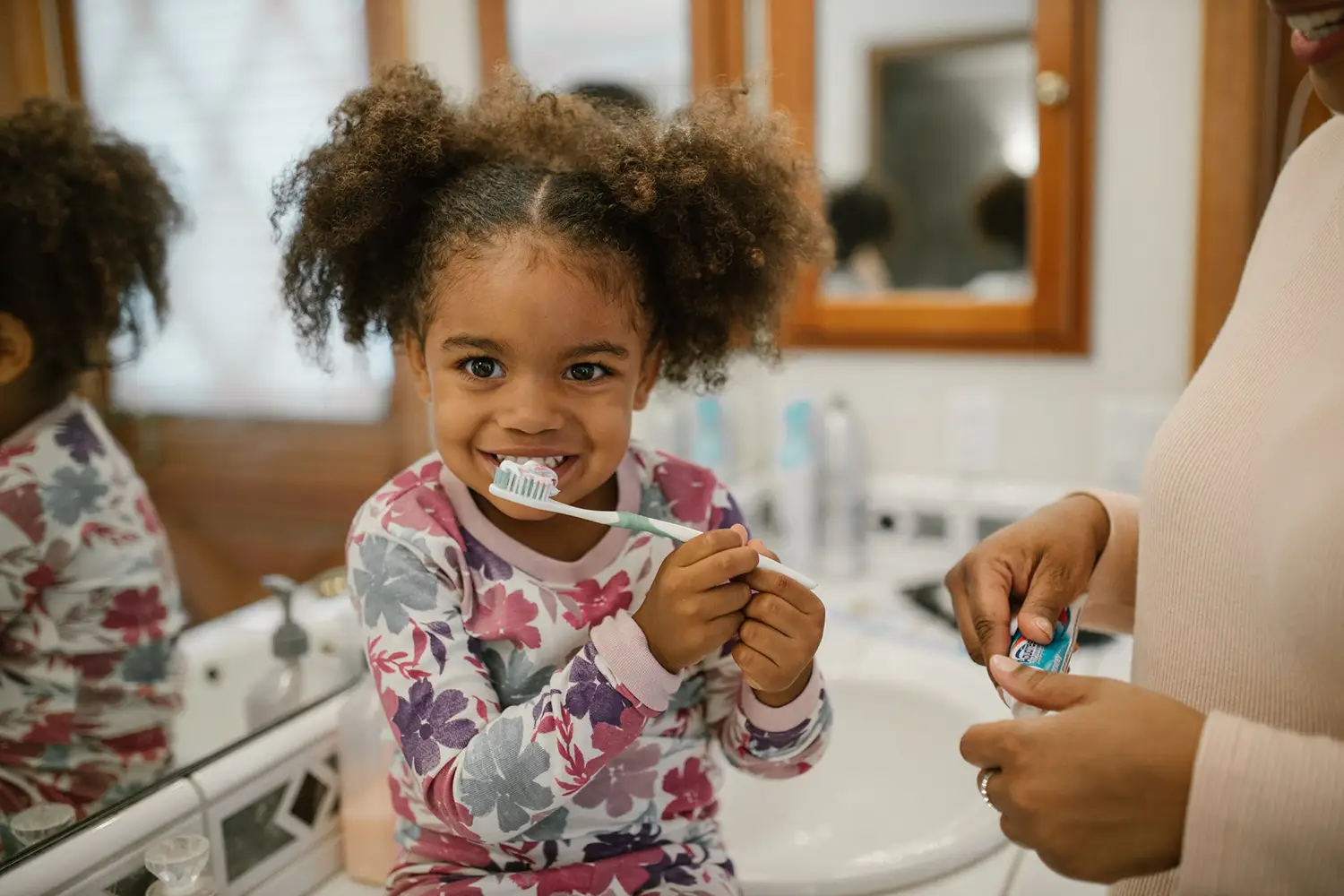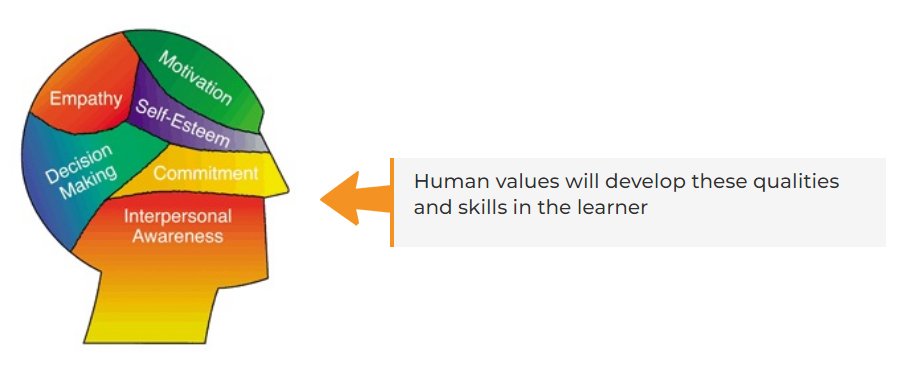A Golden Child through value education
Building a golden life for young children is much easier and faster because their knowledge, skills, and attitudes are not deep-rooted in strong beliefs. New knowledge, relevant skills, and especially good attitudes can be easily established in them, faster and easier than in adults. The child is open to new knowledge, ideas and attitudes, specially such knowledge and attitudes come from a source they love and believe. Thus, parents, the mother in particular, is the most effective source of changing the child through the inculcation of human values. Adults are not ready to accept new knowledge and attitudes so easily because they have many life experiences and gathered knowledge that builds strong beliefs. For an adult to change such deeply held beliefs and attitudes, they need strong counter experiences. They need proof of what is learned newly. The adult learner will first argue against new knowledge and attitudes which are contradictory to their deeply held beliefs. The change requires convincing and require personal counter experience.
For example, a three-year-old child will accept a fairy tale as true but a young man may reject it as a just fable.
Activity to impart knowledge and remember them
Young children do not have to possess a huge volume of knowledge like the elders. Give them needed knowledge and help them to remember the knowledge elements. See the following knowledge elements for various age levels
Brushing teeth before you sleep will make your teeth stronger. [For 3-5 year old children]

- Elders tell and the child repeats several times
- Show pictures of a child brushing teeth. The picture
- should be a positive one, the child is happy.
- Compose a song- “Wow, wow, wow, my teeth are strong and strong. I (or my mom) brush my teeth every day, once in the morning and once before I sleep. Let the child sing the song.
These exercises will make the child accept the habit of regular brushing of teeth, remember and put into practice.
[Note: The young child may find it difficult to practice so many activities. Choose a few items and make him/her practice repetition, visualizing (pictures) and singing]
Vitamin C is needed for the growth and repair of tissues in all parts of your body. It keeps your skin and blood vessels healthy. [For children 10-16 years old]
 Parents can choose other knowledge giving items appropriate to the age of the child.
Parents can choose other knowledge giving items appropriate to the age of the child.
Activity to provide selected skills – Memory
 This activity is suitable for children four years and above to improve memory skills. Take four playing cards to begin with. Or just two cards if the child is too young like three years.
This activity is suitable for children four years and above to improve memory skills. Take four playing cards to begin with. Or just two cards if the child is too young like three years.
This exercise is best done a few minutes before sleeping. Lay the cards in a row with picture side up. Let the child remember the four cards and its position by looking at them for some time. Turn the cards up-side down and let the child sleep. Child gets up in the morning and ask him to name each card in the right order. If the child fails, repeat the game with the same set of cards until he easily remembers all the four in the right order. Then you can change the cards to another set of four cars. If the child remembers the cards and correct order then you can increase the number of cards used to Five. The maximum recommended is Seven cards. Use picture cards more tan number cards
Philosophy of Sathya Sai Education
Conventional education
Education is as old as the human race. The earliest education and training was aimed at survival of people. Thus, the arts of hunting and building defensive structures emerged. Later, various types of medications including mystics of healing emerged. A more developed society embraced subjects like music and entertainment. As a general rule, education and training encompass three aspects: Knowledge, skills, and developing attitudes. Subjects such as history are mostly knowledge based, while subjects like engineering require more skills. Many other programs such as teacher training emphasize on attitude change, attitudes of the teacher and the student as well.
The richest entrepreneurs in the world were born extremely poor. How did they become so prosperous? Is it because of their knowledge or skills? No! It is mostly because of their positive attitudes which helped them to take their life as a challenge, and then they faced the challenge with determination and innovatively.
However, the Sathya Sai Education has an important fourth dimension: Human Values. The education in human values is not a rejection of mundane knowledge, skills, and attitudes but the education in human values attempts to make human values the foundation on which knowledge, skills, and attitudes are built. The universal human values in Sathya Sai Education are: Sathya (Truth), Dharma (Righteousness), Shanthi ( (Inner peace), Prema (Selfless Love), and Ahimsa (Non-Violence)

Our life uses the Heart(feelings), Head(Logic, and analysis), and Hands ((To perform activities). A person who uses only hands (acts without feelings or discrimination between good and bad) is an unwise person.
A person who uses the head to think without feelings from the heart will be a very cunning person who is selfish and bound to commit many sins for his own pleasures and benefits.
A person who feels from the heart (compassion and love), decides using the head (discriminating power), and does work will be a selfless person. His life is full of benefits to himself, his family, and mankind.
SATHYA SAI EDUCATION PROMOTES THE USE OF HEART, HEAD, AND HANDS (THE THREE Hs) AMONG CHILDREN ANDD ADULTS AS WELL

